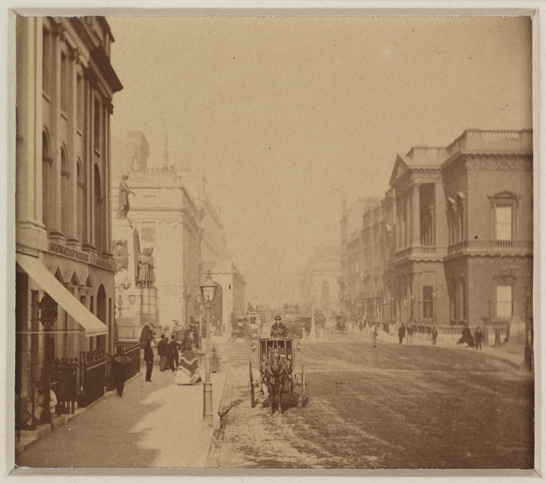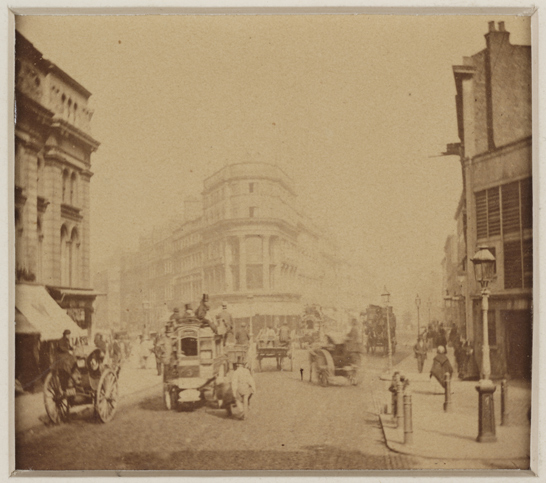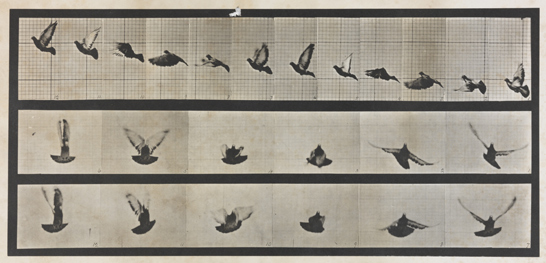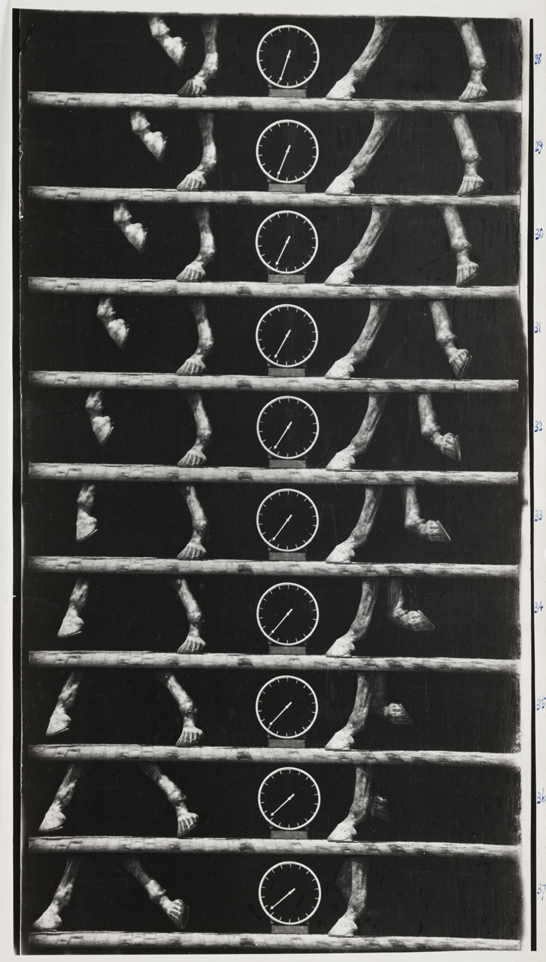My alphabetical journey through our collection continues with a look at ‘instantaneous’ photography.
The earliest photographic processes normally required exposures of many seconds, or even minutes, rendering the photography of movement impossible.
However, with the right combination of lighting, subject, lens and plate size, exposures of a fraction of a second, while still very difficult to achieve, were possible.
The taking of such photographs became known as ‘instantaneous photography’. While the term was in common usage during the 19th century, there was surprisingly little discussion or agreement as to precisely what it meant.
In practice, it was applied to any photograph which contained an element of movement or which was taken with an exposure of less than one second.

In Britain, one of the earliest and most celebrated exponents of instantaneous photography was Valentine Blanchard. His ‘Instantaneous Views’ of London street scenes caused a sensation when they were first exhibited in the early 1860s.
Blanchard used the collodion process and ingeniously converted a horse-drawn carriage into a travelling darkroom.
Driving around the capital he would stop when he found an interesting view, climb onto the roof of the carriage with his camera and tripod to make the exposure, and then process the exposed plate inside its darkened interior. To keep his exposure times as short as possible Blanchard used a modified emulsion and developer and a small format stereo camera fitted with a pair of wide aperture, short focal length lenses.

Subjects that seemed very mundane to modern eyes exerted a peculiar fascination, such was the novelty of their being captured by the camera. A review of Blanchard’s photograph of New Oxford Street which appeared in the British Journal of Photography in October 1862 described how:
Omnibuses, carts, cabs, wagons, and foot-passengers in shoals in active movement, are all ‘arrested’… In the immediate foreground is a man, without his coat, wheeling a barrow, his left leg poised in mid-air, in the act of stepping… One individual in a black suit, with his hands in his pockets, and looking on excellent terms with himself, is sauntering towards the spectator. The whole scene is full of life, and the photography leaves nothing to be desired.
The introduction of much more sensitive gelatine dry plates in the late 1870s greatly simplified the taking of instantaneous photographs and removed much of their mystique. Sequences of instantaneous photographs could now be taken to record and analyse the movement of people and animals.

The first photographer to experiment with the sequential photography of movement was Eadweard Muybridge. Although the best-known, he was just one of several important pioneers, including Etienne-Jules Marey and Ottomar Anschutz.

Even today, photography’s ability to capture ‘instantaneous’ images of fleeting moments, too rapid for the naked eye, remains central to its unique aesthetic.
Further reading and interesting links
- Valentine Blanchard, Eadweard Muybridge and Etienne-Jules Marey in the Science and Society Picture Library
- Philip Prodger, Time Stands Still: Muybridge and the Instantaneous Photography Movement, Oxford: Oxford University Press, 2003
- John Herschel, ‘Instantaneous Photography’, The Photographic News, 11 May 1860
- Robert Howlett, ‘On Taking Instantaneous Pictures’, Photographic Notes, 1 January, 1858
- An online exhibition of instantaneous photographs
Question: I understand that Instantaneous refers to exposures of a fraction of a second. When I first saw the term in an 1890s advertisement, I thought it meant more rapid development of film. Was this also the case or was the draw that you didn’t have to hold your pose for a length of time?
Does the Museum hold a full set of these photographs, please? I am looking for a particular view showing steamboat sailing up the Thames, just above Greenwich.